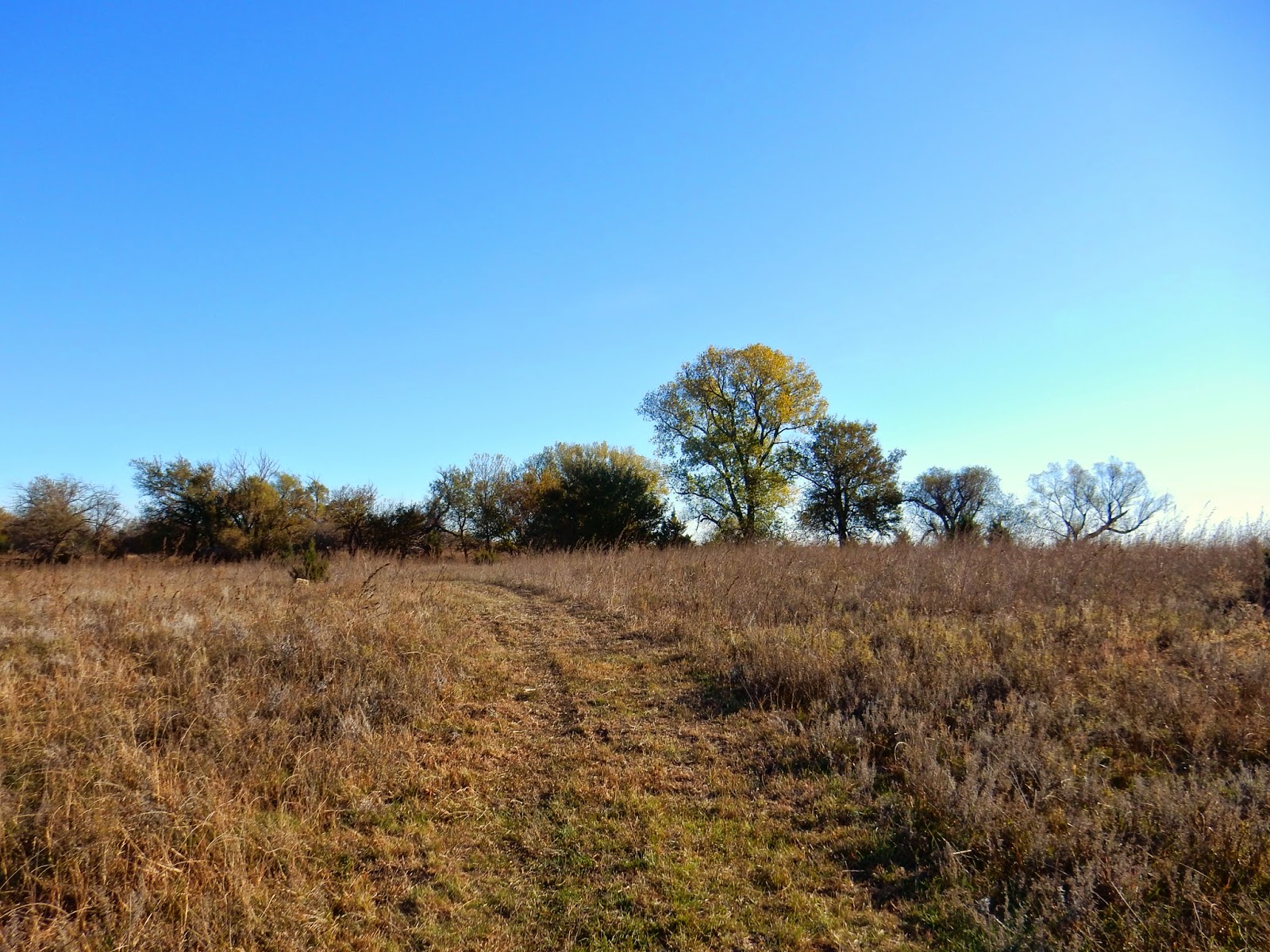My homegrown pears may not look as blemish-free and beautiful as their grocery store cousins. But, like people, there's beauty on the inside, even if the outer package isn't perfectly airbrushed.
Our
pear trees were laden with fruit this summer. After doing some online research, we picked them and put them in our extra refrigerator in the basement. We've been pulling a few at a time and eating them plain. I've also used them in Waldorf-style salads and
Autumn Chopped Salad. Just yesterday, I chopped some up to put on our waffles for our after-church Sunday lunch.
When I needed to provide refreshments for PEO this month, I decided to look for a Pear Cake recipe. In November, pumpkin seems to be the fruit of choice for club meeting desserts.
But I have a sister who doesn't like pumpkin. So, with her in mind, I opted for the pear cake. I topped it with a scoop of cinnamon ice cream and a Caramel Sauce I've been using since Lori Fiscus first served it at a Nu Lambda meeting years ago. But the cake is also yummy just served plain.
I must admit that I ended up making the cake twice. The first time, I put it in a tube pan because I thought it would make prettier slices for the PEO refreshments. I sprayed it with non-stick cooking spray, but I must have not sprayed it well enough because bits of the cake stayed in the pan.
I probably could have "cut" around and come up with enough pretty slices. However, my perfectionist tendencies overtook my common sense. I made the second version in a 9- by 13-inch pan. Since the PEO meeting and our UMW Bazaar were the same day, I didn't want to make the cake a third time.
The moral of the story? If you are using a tube or Bundt pan, spray your pan well with cooking spray. Perhaps even dust it with a little flour to make sure it comes out of the pan. And the 9- by 13-inch pan works fine, too, and the cake is pretty enough to serve to the ladies, especially when dressed up with ice cream and caramel sauce. (Of course, everything is better with caramel sauce!)
The good part of making the cake twice? I still have some cake in the freezer, which we can pull out for Thanksgiving or another gathering.
Adapted from Food.Com
2 cups sugar
1 1/2 cups vegetable oil
3 eggs
1 tsp. pure vanilla extract
3 cups all-purpose flour
1 1/2 tsp. baking soda
1 tsp. salt
1 tsp. cinnamon
1 tsp. pumpkin pie spice
1/2 tsp. cloves
3 cups pears, peeled, cored and diced
Preheat oven to 350 degrees. Grease and flour a 10-inch Bundt pan or tube pan. Combine sugar and oil, mixing well. Add eggs and vanilla; mixing well. Mix together flour, baking soda, salt and spices and add to sugar mixture. Add diced pears. It is a thick batter. Put into a prepared pan and bake for 1 to 1 1/4 hours or until done (depending on your oven).
Note: I made it the first time in a tube pan because I wanted prettier slices for PEO refreshments. However, part stuck in the pan. So, I made it in a 13- by 9-inch pan because I didn't have time to make it a third time!
Caramel Sauce
(From Lori Fiscus)
1/2 cup sugar
1/2 cup brown sugar
2 tbsp. flour
1 cup whipping cream
1/4 cup softened butter
2 tsp. vanilla
Combine sugars and flour in a saucepan. Add whipping cream. Bring to a boil, stirring. Simmer for 3 minutes. Remove from heat and beat in butter and vanilla. Makes 2 cups.
Serve cake with warm caramel sauce and cinnamon or vanilla ice cream, if desired.
























































